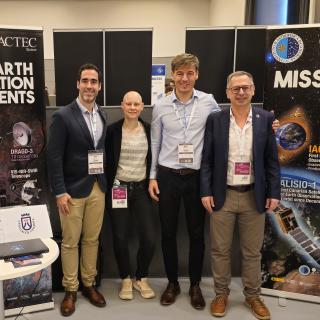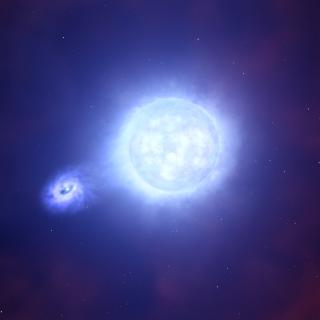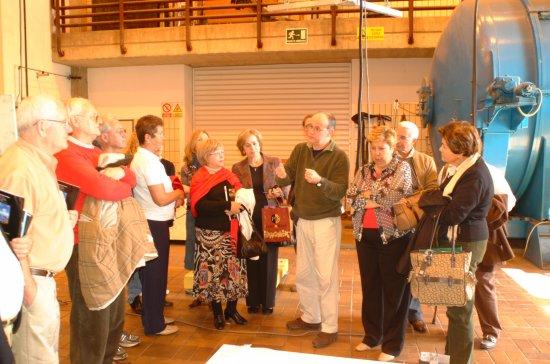It may interest you
-
 El equipo de IACTEC-Espacio , la división del Instituto de Astrofísica de Canarias (IAC) dedicada al desarrollo de tecnología espacial, participa esta semana como expositor en el Small Satellites & Services International Forum (SSSIF) 2025, celebrado en Málaga, consolidando su posición como referente en el sector espacial español. El evento, clave para la industria de pequeños satélites, está sirviendo de plataforma para presentar proyectos innovadores y establecer colaboraciones estratégicas en especial sobre los proyectos DRAGO, los instrumentos canarios con capacidad de detectar imágenesAdvertised on
El equipo de IACTEC-Espacio , la división del Instituto de Astrofísica de Canarias (IAC) dedicada al desarrollo de tecnología espacial, participa esta semana como expositor en el Small Satellites & Services International Forum (SSSIF) 2025, celebrado en Málaga, consolidando su posición como referente en el sector espacial español. El evento, clave para la industria de pequeños satélites, está sirviendo de plataforma para presentar proyectos innovadores y establecer colaboraciones estratégicas en especial sobre los proyectos DRAGO, los instrumentos canarios con capacidad de detectar imágenesAdvertised on -
 Massive stars in metal-poor galaxies often have close partners, just like the massive stars in our metal-rich Milky Way. This has been discovered by an international scientific team in which research staff from the Instituto de Aastrofísica de Canarias (IAC) and the Universidad de La Laguna (ULL) participate. They used the European Very Large Telescope in Chile to monitor the velocity of massive stars in the Small Magellanic Cloud. The research is published in Nature Astronomy . For the past twenty years, astronomers have known that many massive stars in the metal-rich Milky Way have aAdvertised on
Massive stars in metal-poor galaxies often have close partners, just like the massive stars in our metal-rich Milky Way. This has been discovered by an international scientific team in which research staff from the Instituto de Aastrofísica de Canarias (IAC) and the Universidad de La Laguna (ULL) participate. They used the European Very Large Telescope in Chile to monitor the velocity of massive stars in the Small Magellanic Cloud. The research is published in Nature Astronomy . For the past twenty years, astronomers have known that many massive stars in the metal-rich Milky Way have aAdvertised on -
 El Instituto de Astrofísica de Canarias (IAC) sigue afianzando su liderazgo investigador y de atracción de talento científico con el programa “ Investigadores Visitantes” de Fundación Occident. En este recién terminado año 2024, el programa cumple una década ininterrumpida de trabajo atrayendo a decenas de personas investigadoras cada año que han realizado estancias, de mínimo un mes y hasta tres meses, en el IAC. El programa permite que el personal investigador invitado comparta espacio y trabajo con miembros de los distintos grupos de investigación establecidos en el IAC, de forma que elAdvertised on
El Instituto de Astrofísica de Canarias (IAC) sigue afianzando su liderazgo investigador y de atracción de talento científico con el programa “ Investigadores Visitantes” de Fundación Occident. En este recién terminado año 2024, el programa cumple una década ininterrumpida de trabajo atrayendo a decenas de personas investigadoras cada año que han realizado estancias, de mínimo un mes y hasta tres meses, en el IAC. El programa permite que el personal investigador invitado comparta espacio y trabajo con miembros de los distintos grupos de investigación establecidos en el IAC, de forma que elAdvertised on
